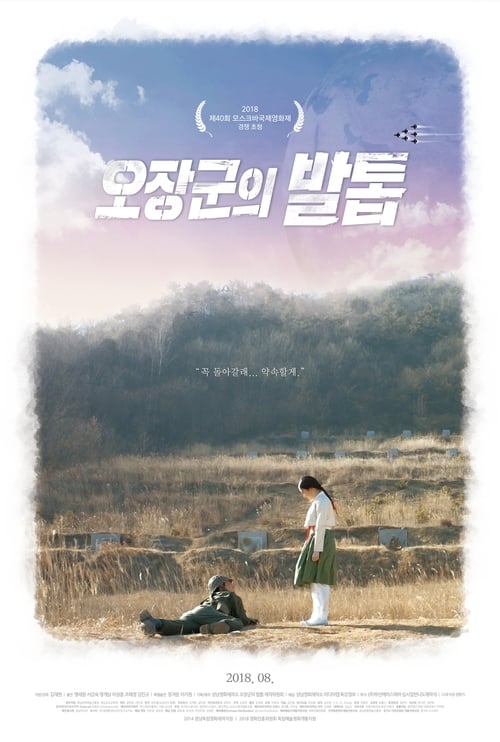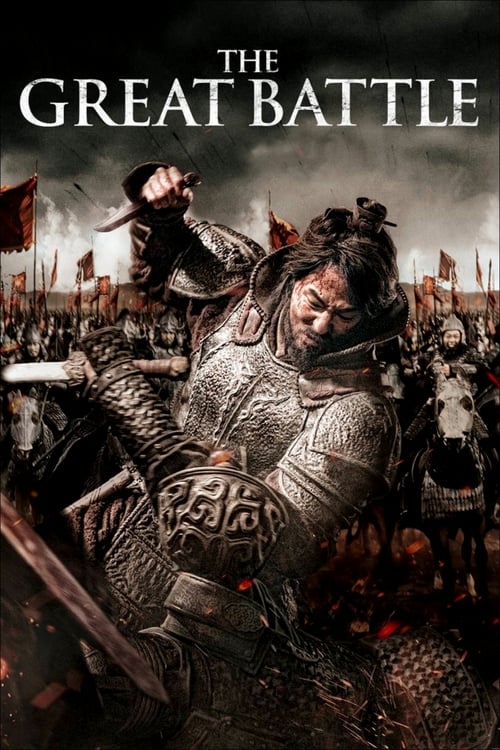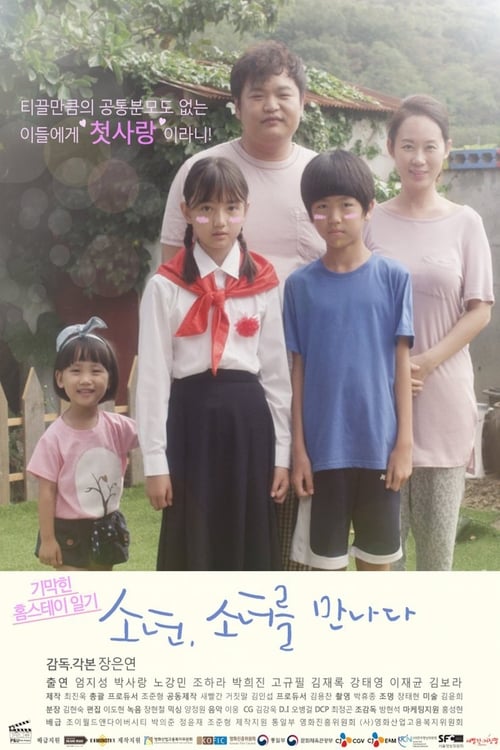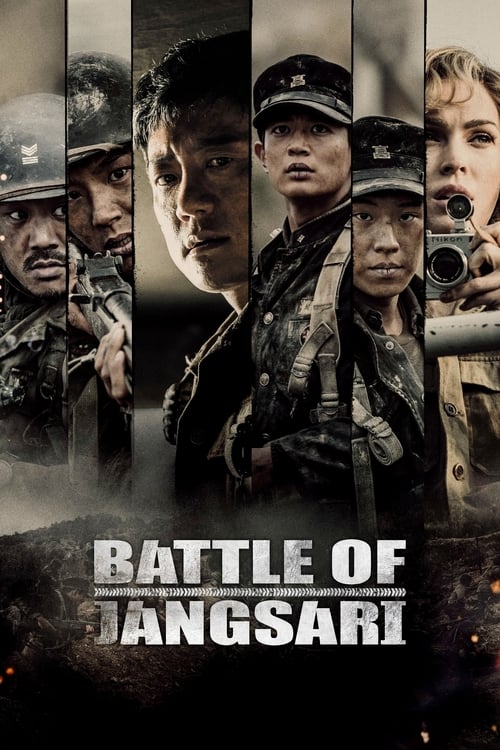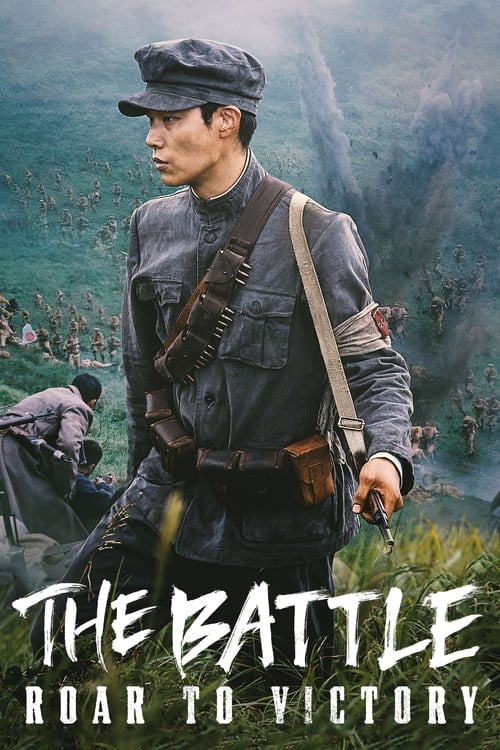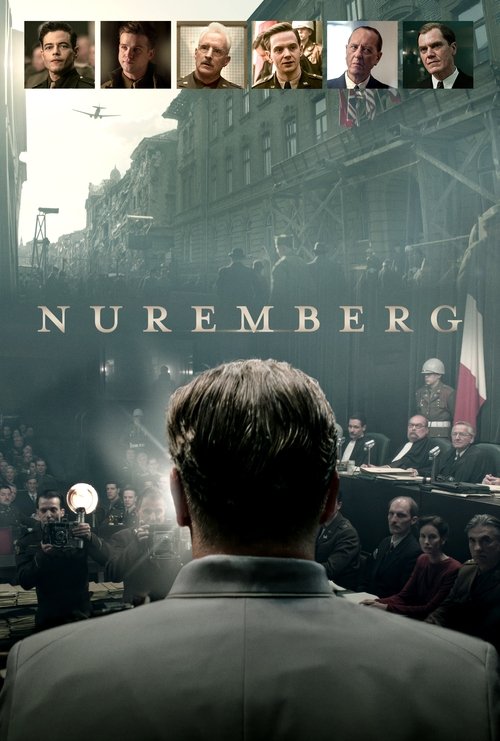
Ask Your Own Question
What is the plot?
What is the ending?
In the ending of "Soldier's Mementos," the protagonist, a soldier named Jack, returns home after a long deployment. He struggles to reconnect with his family and confronts the emotional scars of war. Ultimately, he finds solace in a memento from his time in service, which helps him begin to heal and rebuild his relationships.
As the film approaches its conclusion, the scenes unfold with a poignant sense of resolution and reflection.
Scene 1: Jack stands at the airport, his military uniform still crisp but his demeanor heavy with the weight of his experiences. The camera captures the bustling crowd around him, contrasting sharply with his isolation. He scans the area, searching for familiar faces, and finally spots his wife, Sarah, and their young daughter, Lily, waiting for him. Their expressions are a mix of joy and apprehension, reflecting the emotional distance that has grown during his absence.
Scene 2: As Jack approaches them, Sarah rushes forward, embracing him tightly. Jack's eyes well up with tears, but he struggles to fully engage, his mind still haunted by memories of combat. Lily, shy at first, reaches out to him, and he kneels to her level, forcing a smile. The moment is bittersweet; while they are reunited, the unspoken tension lingers in the air.
Scene 3: The family drives home, the car filled with silence. Jack stares out the window, lost in thought, while Sarah glances at him, concern etched on her face. Lily plays with a toy in the backseat, oblivious to the emotional turmoil surrounding her. The camera captures the tension in Jack's jaw, the way he grips the seat, revealing his internal struggle.
Scene 4: Once home, Jack attempts to settle back into family life. He helps Lily with her homework, but his mind drifts to the battlefield. Flashbacks invade his thoughts, showing glimpses of chaos and loss. The juxtaposition of his daughter's laughter and the haunting memories creates a stark contrast, emphasizing his internal conflict.
Scene 5: One evening, while rummaging through a box of his belongings, Jack discovers a memento from his time in service--a small, worn-out dog tag belonging to a fallen comrade. The sight of it triggers a flood of emotions. He recalls the bond they shared and the sacrifices made. This moment becomes a turning point for Jack, as he realizes the importance of honoring those memories while also moving forward.
Scene 6: In a heartfelt moment, Jack shares the story of the dog tag with Sarah and Lily. He opens up about his experiences, the pain of loss, and the struggle to adapt to civilian life. Sarah listens intently, her eyes filled with empathy, while Lily, though young, senses the gravity of the conversation. This scene marks a significant breakthrough in their relationship, as Jack begins to communicate his feelings rather than bottling them up.
Scene 7: The film concludes with Jack visiting a memorial site dedicated to fallen soldiers. He places the dog tag at the base of the monument, a symbolic gesture of remembrance and healing. As he stands there, the camera pans out, capturing the serene landscape around him. Jack's expression shifts from sorrow to a sense of peace, indicating his acceptance of the past and his commitment to his family.
In the final moments, Jack returns home, where Sarah and Lily await him. The warmth of their embrace signifies a new beginning, as Jack takes his first steps toward healing. The film ends on a hopeful note, suggesting that while the scars of war may never fully fade, love and connection can pave the way for recovery and renewal.
Is there a post-credit scene?
What motivates the main character, Sergeant James, to return to the battlefield after his initial deployment?
Sergeant James is driven by a deep sense of duty and loyalty to his fellow soldiers. Haunted by the memories of his comrades who did not return, he feels an overwhelming responsibility to honor their sacrifice. This internal conflict is compounded by his struggle with survivor's guilt, pushing him to seek redemption through further service.
How does the relationship between Sergeant James and his family evolve throughout the film?
Initially, Sergeant James's relationship with his family is strained due to his commitment to the military and the emotional distance created by his experiences. As the story progresses, flashbacks reveal the warmth and love they once shared. However, his return home is marked by tension, as his family grapples with the changes in him. Ultimately, they begin to reconnect as they confront their shared grief and the impact of his service.
What role do the mementos play in Sergeant James's journey?
The mementos serve as physical representations of Sergeant James's memories and the bonds he formed with his fellow soldiers. Each item he carries tells a story, evoking emotions ranging from nostalgia to sorrow. They become a source of comfort and a way for him to process his trauma, ultimately guiding him toward healing and acceptance.
Who is the character of Private First Class Miller, and what significance does he have in the story?
Private First Class Miller is a young soldier who looks up to Sergeant James as a mentor. His character embodies the innocence and hope of youth, contrasting with James's hardened perspective. Miller's fate becomes a pivotal moment in the film, as his tragic loss forces James to confront the harsh realities of war and the fragility of life, deepening his internal struggle.
What is the significance of the flashback scenes in the narrative structure?
The flashback scenes are crucial in revealing Sergeant James's backstory and the relationships he formed during his service. They provide context for his emotional state and the weight of his memories. These glimpses into the past not only enrich the character development but also create a poignant contrast between his experiences in combat and his attempts to reintegrate into civilian life.
Is this family friendly?
"Soldier's Mementos," produced in 2018, contains several elements that may not be suitable for children or sensitive viewers.
-
War Themes: The film revolves around the experiences of soldiers, which includes depictions of combat and the emotional toll of war. This may be distressing for younger audiences.
-
Violence: There are scenes that portray violence, including battle sequences and the aftermath of conflict, which could be upsetting.
-
Loss and Grief: The narrative explores themes of loss, including the death of comrades and the impact on families, which may evoke strong emotional responses.
-
Emotional Trauma: Characters deal with PTSD and the psychological effects of war, which could be heavy and difficult for sensitive viewers to process.
-
Mature Themes: The film addresses complex issues such as sacrifice, duty, and the moral dilemmas faced by soldiers, which may be challenging for younger audiences to understand.
These aspects contribute to a tone that may not be considered family-friendly, particularly for children or those who are sensitive to such themes.

